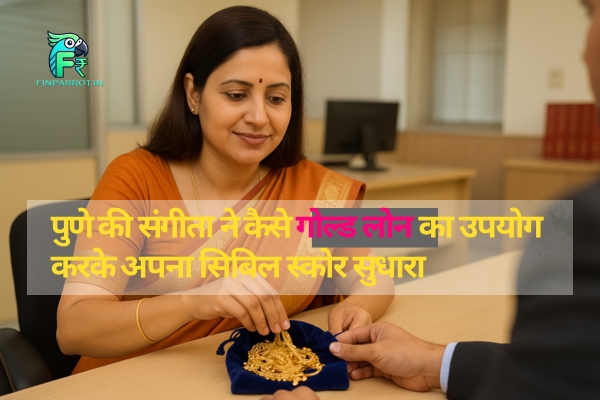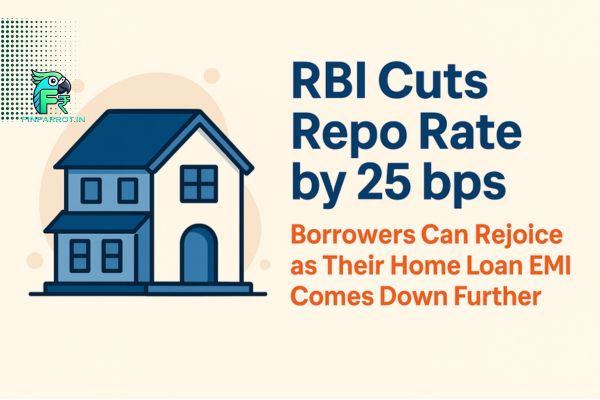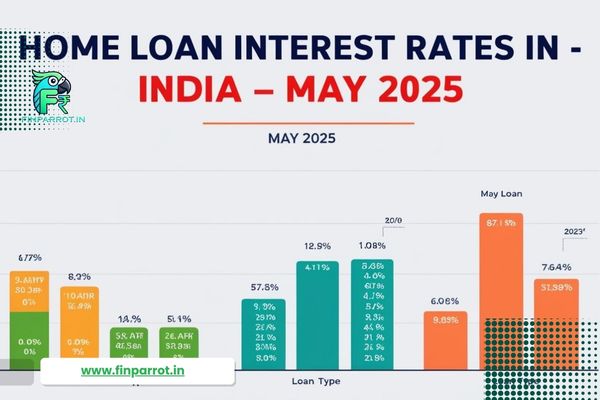Introduction
The Indian government has introduced several business loan schemes to support small, medium, and micro enterprises (MSMEs), startups, and self-employed individuals. The Prime Minister’s Employment Generation Programme (PMEGP) and Pradhan Mantri Mudra Yojana (PMMY) are two of the most popular schemes. These financial assistance programs empower entrepreneurs by providing the necessary funding to start or expand their businesses, creating employment opportunities, and boosting economic growth.
If you’re an aspiring entrepreneur or a small business owner, this PMEGP vs. Mudra Loan guide will help you determine which government business loan is best for you. From eligibility criteria to the application process and key differences, this article covers everything you need to make the right financing decision.
Want to keep your data safe? Read this now!👉 Are Loan Apps Safe? How to Protect Your Data
Understanding PMEGP
(Prime Minister’s Employment Generation Programme)
Objectives and Benefits of PMEGP
PMEGP is a credit-linked subsidy scheme designed to generate employment opportunities by providing financial support for new business ventures. It mainly focuses on rural and semi-urban areas, encouraging self-employment and small-scale entrepreneurship.
Key Benefits of PMEGP:
- Offers subsidized loans to eligible entrepreneurs.
- Promotes job creation by funding new enterprises.
- Encourages rural industrialization and self-reliance.
Eligibility Criteria for PMEGP Loan
To apply for a PMEGP loan, you must meet the following eligibility requirements:
✅Age: Minimum 18 years.
✅Education: At least Class VIII pass (for manufacturing units above ₹10 lakh and service units above ₹5 lakh).
✅New business only: Existing businesses and those availing benefits under other government subsidy-linked schemes are not eligible.
✅Eligible entities: Individuals, self-help groups (SHGs), cooperative societies, and registered institutions.
Are you wondering what CIBIL score you need? Check here! 👉Ideal CIBIL Score for Personal, Home, & Car Loans
PMEGP Loan Amount & Subsidy Structure
PMEGP loans provide credit-linked subsidies based on the applicant’s category and project location:
Category Subsidy (Urban Areas) Subsidy (Rural Areas)
General Category 15% 25%
SC/ST/OBC/Women/Ex-Servicemen 25% 35%
Maximum Loan Limits:
- Manufacturing sector: Up to ₹50 lakh
- Service sector: Up to ₹20 lakh
PMEGP Loan Application Process & Required Documents
Applying for a PMEGP business loan is straightforward:
📌 Step 1: Visit the PMEGP e-portal (www.kviconline.gov.in) and submit an online application.
📌Step 2: Attach the required documents:
- Business plan/project report
- Identity proof (Aadhaar/PAN card)
- Educational qualification certificate
- Bank details & financial statements
- 📌 Step 3: Your application is reviewed by KVIC, KVIB, or DIC, and partner banks sanction the Loan.
Exploring Mudra Loans under PMMY (Pradhan Mantri Mudra Yojana)
3 Types of Mudra Loans: Shishu, Kishor, and Tarun
Mudra Loans are categorized based on the business stage:
🔹 Shishu Loan (Up to ₹50,000): For startups and small-scale businesses needing initial equipment, machinery, or raw materials funds.
🔹Kishor Loan (₹50,000 – ₹5 lakh): For businesses looking to expand their operations or invest in new resources.
🔹Tarun Loan (₹5 lakh – ₹10 lakh): For well-established businesses requiring funds for major expansion.
Who is Eligible for Mudra Loans?
Mudra loans are available to:
✔️ Small business owners, startups, and self-employed individuals.
✔️ MSMEs in manufacturing, trading, and service sectors.
✔️ Proprietorships, partnerships, and small-scale industries.
✔️ Entrepreneurs who need collateral-free loans.
Loan Amount, Interest Rates & Repayment
- Loan Amount: ₹50,000 to ₹10 lakh (divided into three categories).
- Interest Rates: Varies by bank/NBFC, usually between 9.4% – 12%.
- Repayment Period: 3-5 years (with flexibility based on the lender).
How to Apply for a Mudra Loan?
✅ Visit a partner bank, NBFC, or microfinance institution.
✅ Submit a loan application form along with:
- Business registration proof
- Address and identity proof
- Bank statements (last 6 months)
- ITR (if applicable)
- ✅ Loan is processed based on your business model and creditworthiness.
Looking for lower home loan rates? Click to learn how!👉 How to Negotiate a Low Home Loan Interest Rate
Comparing PMEGP and Mudra Loans:
Which One is Right for You?
| Feature | PMEGP Loan 🏭 | Mudra Loan 💼 |
| Loan Purpose | Start a new business (Manufacturing & Service sectors) | Expand an existing small business or startup |
| Max Loan | ₹50 Lakh (Manufacturing) / ₹20 Lakh (Services) | ₹10 Lakh |
| Subsidy | 15-35% | ❌ No subsidy, but collateral-free |
| Eligibility | New businesses only | New & existing businesses |
| Processing Time | Moderate (Govt. Approval Needed) | Faster (Bank Approval) |
Feature PMEGP Loan Mudra Loan
Purpose Employment generation & rural entrepreneurship Small business financing
Maximum Loan Amount ₹50 lakh (Manufacturing) / ₹20 lakh (Services) ₹10 lakh
Subsidy 15-35% (depending on category) No subsidy, but collateral-free loans
Eligibility New businesses only Both new and existing businesses
Processing Time Moderate (involves KVIC, KVIB, DIC) Faster (bank-based approval)
Which One Should You Choose?
✔️ If you’re launching a large-scale venture, PMEGP is ideal due to its higher loan cap and subsidy benefits.
✔️If you need quick, collateral-free funding for a small business, a Mudra loan is the better choice.
Step-by-Step Guide to Government Business Loan Application
Preparing a Solid Business Plan
- Clearly outline your business goals, financial projections, and employment generation potential.
- Include estimated costs, revenue expectations, and scalability plans.
Applying via Online Portals
- PMEGP Loan: Apply through the KVIC e-portal.
- Mudra Loan: Apply at participating banks, NBFCs, and microfinance institutions.
Tips for Loan Approval Success
✅ Ensure all documents are complete and accurate.
✅ Maintain a good CIBIL score for better chances of approval.
✅ Present a strong, realistic business model in your project report.
Pros and Cons of PMEGP and Mudra Loans
✅ Advantages
- PMEGP Loans: High subsidy benefits and support for large-scale ventures.
- Mudra Loans: Quick approvals, no collateral, ideal for MSMEs.
❌ Challenges
- PMEGP: Lengthy application process, requires an upfront investment.
- Mudra Loans: Lower loan limits compared to PMEGP; interest rates vary.
FAQ’s
Which bank loan is offered by PMEGP?
PMEGP loans are offered by nationalized banks, regional rural banks (RRBs), cooperative banks, and private sector banks authorized under the scheme.
What is PMEGP Loan and Mudra Loan Official Links?
- PMEGP Official Website: https://www.kviconline.gov.in/pmegp/
- Mudra Loan Official Website: https://www.mudra.org.in
Final Thoughts:
Should You Apply for PMEGP or Mudra Loans?
Both PMEGP and Mudra loans offer excellent financial support for Indian entrepreneurs. If you’re looking for government-subsidized funding for a new business, PMEGP is a great option. Mudra Loans are ideal if you need quick, hassle-free financing without collateral.
🔎 Still confused? Research your business needs, explore both options, and apply for the loan that best fits your entrepreneurial goals!















